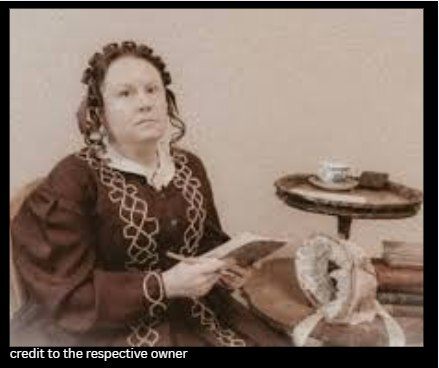In 1860, Elizabeth Packard had been married for 21 years and was raising six children when her husband did something unthinkable: he had her committed to an asylum.
Not because she was violent. Not because she was unstable. But because she dared to think differently. She questioned his strict Calvinist beliefs, and at that time in Illinois, a husband could institutionalize his wife without trial, proof, or her consent.
Inside the asylum, Elizabeth quickly realized the truth: many women there weren’t “mad” at all. They were wives who resisted, daughters who disobeyed, women who refused to be silent. Instead of breaking, Elizabeth wrote, observed, and waited.
After three years, she stood in court, fought for her right to her own thoughts, and won her freedom. But she didn’t stop there. She wrote books exposing wrongful confinement, lobbied lawmakers, and pushed through reforms that made it harder for women to be silenced under the label of insanity.
Elizabeth Packard chose truth over silence. Her fight cost her nearly everything — but it gave countless women the protection she was denied.
